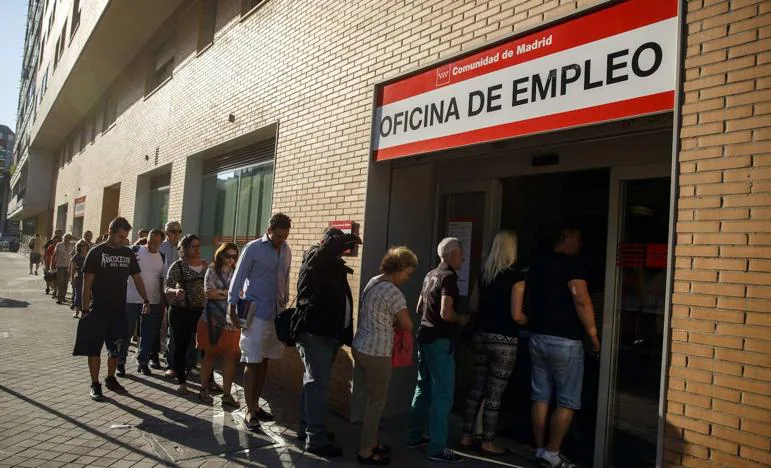The domestic economy entered a recession last year with a loss of 0.8 percent. The developments were variable when broken down by state. Those with a lot of industry suffered more than those with a focus on tourism. This year, Stefan Bruckbauer, chief economist at Bank Austria, expects things to improve from the summer.
The economy in Austria cooled significantly in all regions in 2023. While growth in 2022 was between 3.5 percent (Styria) and 9.5 percent (Salzburg) and an impressive 4.8 percent on average, economic output fell by minus 0.8 percent in a recession last year.
However, not all states were affected by the development to the same extent. Industry-oriented regions such as Upper Austria (-1.2 percent), Lower Austria (-1.5 percent) and Styria (1.6 percent) were significantly more disadvantaged by the difficult economic climate. Countries with a larger share of the public sector or tourism, such as Vienna, Burgenland, Tyrol or Salzburg, came off somewhat lightly (see graph).
Growth leaders Vienna and Burgenland
The high share of the public sector ensured the strongest growth in Vienna and Burgenland last year. “Vienna, with an increase of 0.3 percent, and Burgenland, with an increase of 0.1 percent, were the only states with positive growth,” said Robert Schwarz, economist at Bank Austria.
Unemployment only slightly higher
Despite the poor economic development, unemployment has only increased slightly, from 6.3 percent in 2022 to 6.4 percent in the previous year. In addition to an increase in employment in the public sector and in tourism, many companies have retained their employees due to the shortage of skilled workers. This year, the unemployment rate is expected to rise slightly to 6.8 percent, said Stefan Bruckbauer, chief economist at Bank Austria.
Light at the end of the economic tunnel
Bank Austria, like Wifo and IHS, now expects an improvement from the summer. “There are positive signals from companies. Things are starting to get better in many areas,” Bruckbauer explains. He expects a slight increase of 0.3 percent for the whole year. The domestic economy should stabilize, among other things, due to strongly improved real incomes in combination with lower inflation and the expected interest rate cuts in the summer.
The construction sector will remain in the red
Experts do not expect a recovery for the construction sector this year either. In principle, interest rates that will soon fall again are good news. However, long-term financing has recently become cheaper again, so no major momentum can be expected at the moment. Overall, the sharp price increase (plus 40 percent since 2019) is a huge challenge for the sector, for example for residential construction. Bruckbauer does not expect a revival in construction until next year.
There is still a certain reluctance
There is still a certain reluctance, especially among people with higher incomes. The money is then saved instead of invested. Bruckbauer: “People overestimate inflation and underestimate their income development.” Experience shows that it always takes some time before the situation is back to normal. Be that as it may, consumption across Europe needs to ‘catch up’ again so that business can pick up again. Simply depending on exports abroad is not enough.
Source: Krone
I’m Ben Stock, a journalist and author at Today Times Live. I specialize in economic news and have been working in the news industry for over five years. My experience spans from local journalism to international business reporting. In my career I’ve had the opportunity to interview some of the world’s leading economists and financial experts, giving me an insight into global trends that is unique among journalists.


